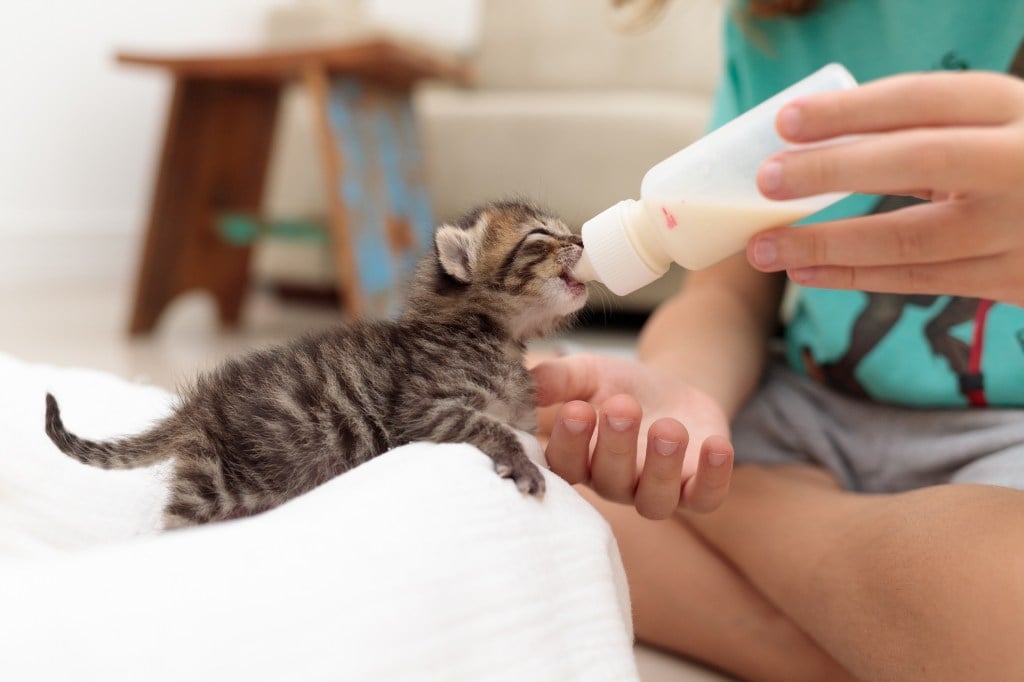Table of Contents
Key Takeaways
- Feline spinal cord injuries are often due to trauma from falls, accidents, and old age.
- Spinal injury symptoms include jerky movements, muscle spasms, and hunched posture.
- Spinal injuries may be treated with medications, surgery, and physical therapy.
- Monitor cats’ jumping, weight, and fall risks to prevent spinal injuries.
One of the most important parts of the body, the spinal cord, attaches directly to the brain. Injury to the spinal cord can affect motor control and brain function. There are many obvious neurological symptoms of spinal cord injury – seek immediate emergency veterinary attention if you think your cat has a spinal injury.
What Causes Spinal Cord Injuries?
The most common causes of spinal cord injury are trauma leading to fracture(s) of the vertebrae, loosening and movement of bone surrounding the spine (luxation) and intervertebral disc disease. Common causes of these injuries are falls, car accidents and age-related changes to the bones of the spine. Other causes of injury to the spinal cord include inflammation of the fluid surrounding the brain and spinal cord, bacterial infection, trauma, blocked blood vessels, genetically inherited conditions, or tumors. Spinal dysraphism, or spinal birth defects, can lead to problems later in life.
Spinal Injury Symptoms May Include:
- Uncoordinated, jerky limb movements
- Urinary and fecal incontinence
- Muscle spasms (usually from pain)
- Weakness
- Reduced appetite (usually secondary to pain)
- Complete or partial paralysis (inability to move)
- Abnormal, hunched posture
- Tensed muscles
- Excessive meowing or crying (pain)
All of the above are indicators of neurological injury – individual patients will each have their own set of clinical signs and will likely include a subset, not all, of the clinical signs listed above. Emergency care is required for animals with injuries to the spinal cord and brain; permanent weakness, pain, paralysis or brain damage can result if left untreated.
Diagnosing and Treating Spinal Injuries in Cats
Your veterinarian will need a detailed history of your cat’s symptoms – when they began and any recent injuries. Diagnostic tests will be performed to look for causes of the signs seen. A CT, MRI, or X-ray – or some combination of the three – may also be run to visualize any internal injuries to the spinal column. A sample of your cat’s spinal fluid may be taken to test for any bacterial infections or inflammatory disorders in the central nervous system.
Anti-inflammatories and steroids may be prescribed to reduce swelling around the spinal cord. If there are fractured vertebrae, they will be reset manually or surgically – these types of traumatic injuries usually require hospitalization. If a slipped disk is the cause, surgery will be required to improve your pet’s pain level and ability to move. Bacterial infections of the spinal fluid are very difficult to treat but antibiotics may be able to help. Spinal injuries resulting from birth defects may be fixed with corrective surgery or with drug and physical therapy depending on your individual pet’s condition.
Managing a Spinal Injury
Some spinal injuries in cats result in permanent incontinence and require a human to help them pee multiple times per day. Placing the litter box near your cat’s usual resting space can help prevent household accidents. Physical therapy can help cats with partial or non-permanent paralysis regain function of their limbs. Cats that are unable to move should be turned every few hours to prevent painful bedsores from forming. The quality of life of cats that are permanently paralyzed is not good; your vet may recommend euthanasia in some cases that are too severe to treat.
How to Prevent Cat Spinal Injuries
When your cat is young, don’t allow them to jump from heights of more than three feet. Obesity also puts more pressure on the spinal cord; if your cat falls, it can increase the likelihood of a spinal cord injury occurring. Keeping your cat inside can prevent traumatic injuries like car accidents from happening.
Some types of spinal cord injuries are unavoidable – tumors, blocked blood vessels, birth defects, bacterial or viral infections. Others, like trauma can potentially be prevented. By keeping your cat a healthy weight, and providing them with sturdy perches they can get to and from easily, you may be able to prevent certain kinds of spinal injury.
Make sure your cat is covered by a pet insurance plan in case of unexpected injuries like these. Pet insurance can help relieve the financial burden of veterinary costs to get your kitty back on their paws.
The content is not intended to be a substitute for professional veterinarian advice, diagnosis, or treatment. Always seek the advice of your veterinarian or other qualified health provider with any questions you may have regarding a medical diagnosis, condition, or treatment options.







